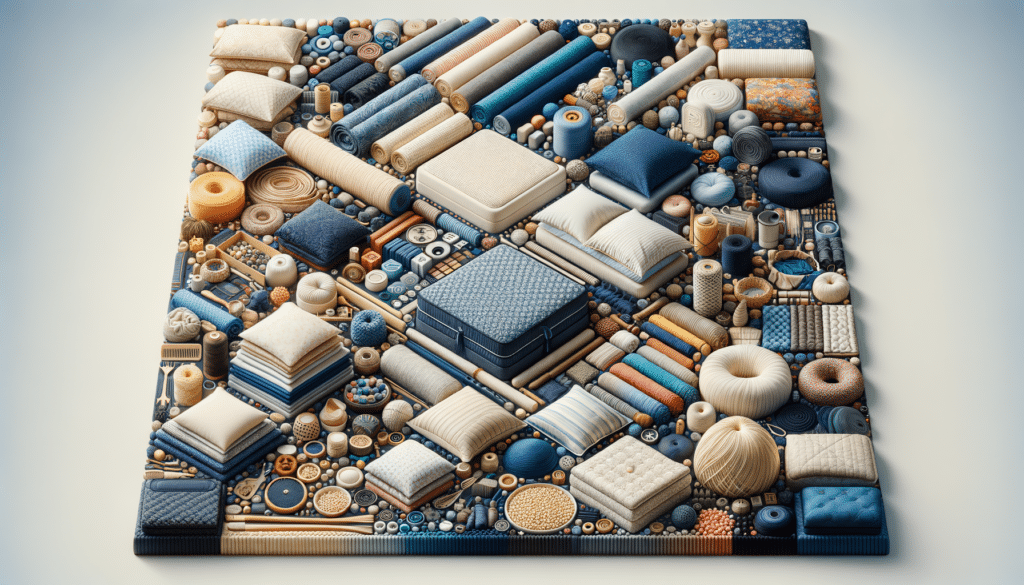Understanding Bed Sheet Types
When it comes to bed sheets, the variety can be overwhelming. Different types of bed sheets serve various purposes, catering to personal preferences and seasonal needs. Some of the most common types include cotton, linen, flannel, and microfiber. Each type has its unique characteristics, affecting comfort, durability, and care requirements.
Cotton bed sheets are among the most popular due to their softness and breathability. They are available in different weaves, such as percale and sateen, each offering a distinct texture. Percale is crisp and cool, ideal for hot sleepers, while sateen is silky and smooth, providing a luxurious feel.
Linen sheets, known for their exceptional breathability and moisture-wicking properties, are perfect for summer months. They have a natural luster and become softer with each wash, offering a relaxed and casual look. Flannel sheets, on the other hand, are the go-to choice for winter, providing warmth and coziness due to their brushed surface.
Microfiber sheets are made from finely woven synthetic fibers, known for their durability and affordability. They resist wrinkles and stains, making them a practical choice for busy households. However, they may not be as breathable as natural fibers, which can be a consideration for those prone to overheating at night.
Choosing the right type of bed sheet depends on individual preferences, climate, and care considerations. Each material offers unique benefits, and understanding these can help you make an informed decision for a restful night’s sleep.
The Importance of Bed Thread Count
Thread count is a term often encountered when shopping for bed sheets, but what does it really mean? Thread count refers to the number of threads woven together in a square inch of fabric. A higher thread count typically indicates a softer and more durable sheet, but it’s not the sole factor to consider.
While a high thread count can contribute to the luxurious feel of bed sheets, it is essential to consider the quality of the fibers used. For instance, a 300-thread count sheet made from long-staple cotton can feel more comfortable and last longer than a 600-thread count sheet made from lower-quality fibers.
Thread count is not the only determinant of quality. The weave and type of cotton also play significant roles. Egyptian and Pima cotton are renowned for their long fibers, which produce a smoother and more resilient fabric. These types of cotton are often associated with higher quality sheets, regardless of thread count.
It’s important to note that excessively high thread counts, often above 800, can sometimes be misleading. Manufacturers may twist fibers together to inflate the count, which doesn’t necessarily enhance the sheet’s quality. Instead, focus on reputable brands and materials known for their excellence.
In summary, while thread count is a valuable metric, it should be considered alongside other factors such as fiber quality and weave. A balanced approach will ensure you find sheets that provide comfort and durability, enhancing your sleep experience.
Exploring Mattress Types
The foundation of a good night’s sleep lies not only in the quality of your sheets but also in the type of mattress you choose. With numerous options available, understanding the characteristics of each can guide you in selecting a mattress that meets your needs.
Innerspring mattresses are traditional options that use coils to provide support. They are known for their durability and breathability. The coil system allows for good airflow, making them a cooler choice for hot sleepers. However, they may not offer the same level of contouring as other types.
Memory foam mattresses have gained popularity due to their ability to conform to the body’s shape, providing excellent pressure relief. They are particularly beneficial for individuals with joint or back pain. However, they tend to retain heat, which might not be suitable for everyone.
Latex mattresses, made from natural or synthetic rubber, offer a balance between support and comfort. They are responsive and provide good pressure relief while remaining cooler than memory foam. Natural latex is also hypoallergenic and resistant to dust mites, making it a great choice for allergy sufferers.
Hybrid mattresses combine the benefits of innerspring and foam, offering both support and comfort. They typically feature a coil base with a foam or latex top layer, providing a balanced feel. This versatility makes them a popular choice for a wide range of sleepers.
Ultimately, the right mattress type depends on personal preferences, sleeping position, and any specific health considerations. Testing different mattresses and understanding their features will help you find one that complements your sleep needs, ensuring restful and rejuvenating nights.


